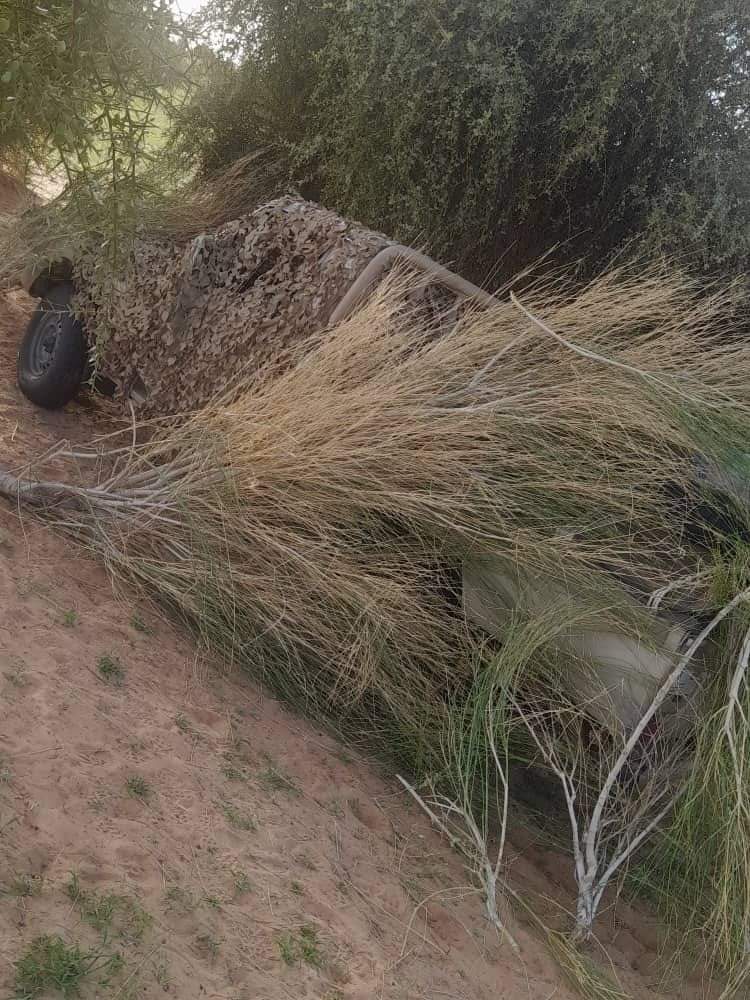Innovative Tactics: ISWAP/Boko Haram’s Use of Vehicle Camouflage to Evade Aerial Detection in Forest Hideouts, as reported by The Spectacles.
In the ongoing battle against terrorism in Nigeria, the Nigerian troops of ‘Operation Hadin Kai’ have faced a formidable challenge in countering the activities of Boko Haram, a notorious extremist group.
One of the intriguing tactics employed by Boko Haram, and its faction, ISWAP (Islamic State West Africa Province), is the clever camouflage of their vehicles, which allows them to evade detection by fighter jets while operating within the dense confines of the Sambisa Forest in Borno State.

The recent encounter between Nigerian troops and Boko Haram highlights the audacious strategy employed by these terrorists. It is crucial to delve into the mechanics of how they disguise their vehicles as grasses to gain a better understanding of this deceptive approach.
The Sambisa Forest, located in the northeastern part of Nigeria, is a dense, rugged expanse of wilderness that provides ample cover for insurgents. Boko Haram’s decision to operate in such a terrain demonstrates their knowledge of the environment and their intent to exploit its natural advantages.
To create their vehicle camouflage, Boko Haram fighters meticulously attach natural materials, such as grasses and branches, to their vehicles’ exteriors.
This approach mimics the appearance of the surrounding vegetation, effectively rendering their vehicles almost invisible from aerial view.
The primary aim of camouflaging their vehicles is to escape detection by fighter jets patrolling the area. By blending seamlessly with the natural surroundings, Boko Haram vehicles become extremely challenging to identify from above.
This cunning tactic grants the insurgents a significant advantage, as it allows them to move freely within the forest without fear of being targeted from the air.
The successful operation by the Nigerian troops against Boko Haram in the fringes of Sambisa Forest demonstrates the troops’ dedication and resolve in countering this elusive threat. While the insurgents’ camouflage tactic is ingenious, it is not foolproof.
The use of vehicle camouflage by ISWAP/Boko Haram is a testament to the adaptability and resourcefulness of these extremist groups.
To effectively combat such tactics, it is crucial for Nigerian security forces to continuously innovate and develop strategies that can neutralize this unconventional threat. The recent success of ‘Operation Hadin Kai’ serves as a beacon of hope, highlighting the determination of Nigerian troops in their quest to eliminate terrorism from their nation’s soil.
Bellow is the source of the attached photos in the report:
